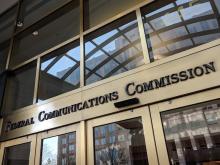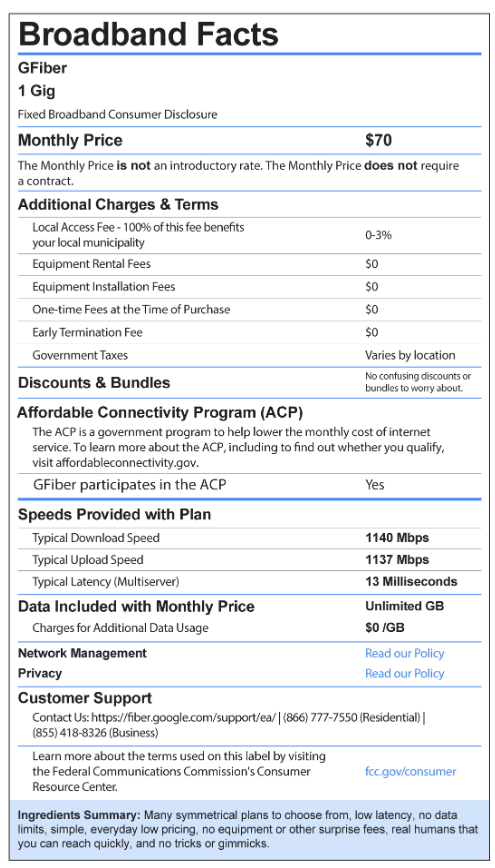Comcast Poised To Acquire San Bruno, California’s Municipal Fiber Network
Comcast says it’s acquiring San Bruno, California’s CityNet, a municipally owned and operated broadband, video and voice network that currently serves over 5,400 residents and businesses.
San Bruno’s $8 million sale to Comcast was prompted by $21.5 million in debt and what the city says was surging operating costs. Unlike many municipal broadband providers, San Bruno also provided television services, which many smaller providers and communities are moving away from due to soaring programming costs and dwindling and unsustainable profit margins.
“Rates simply were not keeping pace with costs,” Bruno city manager Alex McIntyre wrote in a January report to the City Council. “CityNet has grown increasingly technologically obsolete over the past decade.”
Despite increasing service rates between 9 and 12 percent, the city says it saw operating losses of $794,852 in 2023 and $859,995 in 2022.
Originally founded in 1972 as San Bruno Cable TV, the pioneering cable broadband operator (with some scattered fiber development) struggled with modernizing its coaxial network to fiber, something city leaders refused to fund.
“A significant City-funded capital investment would be required to bring CityNet’s technology and operations up to current industry standard, as well as rate adjustments,” McIntyre wrote. “The Council declined to authorize this capital request in April 2023.”




